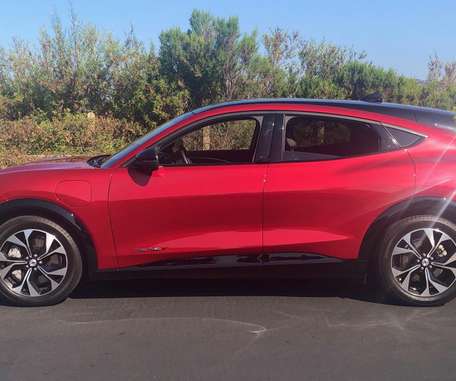MIT study finds shift to green energy sources could mean crunch in supply of key rare earth elements
Green Car Congress
MARCH 9, 2012
Comparison of demand projections for REE (total summed). The study by researchers at MIT also points out that production of the two metals has been increasing by only a few percentage points per year.the availability of REEs appears to be at risk based on a number of factors. Credit: ACS, Alonso et al. Click to enlarge.


















Let's personalize your content